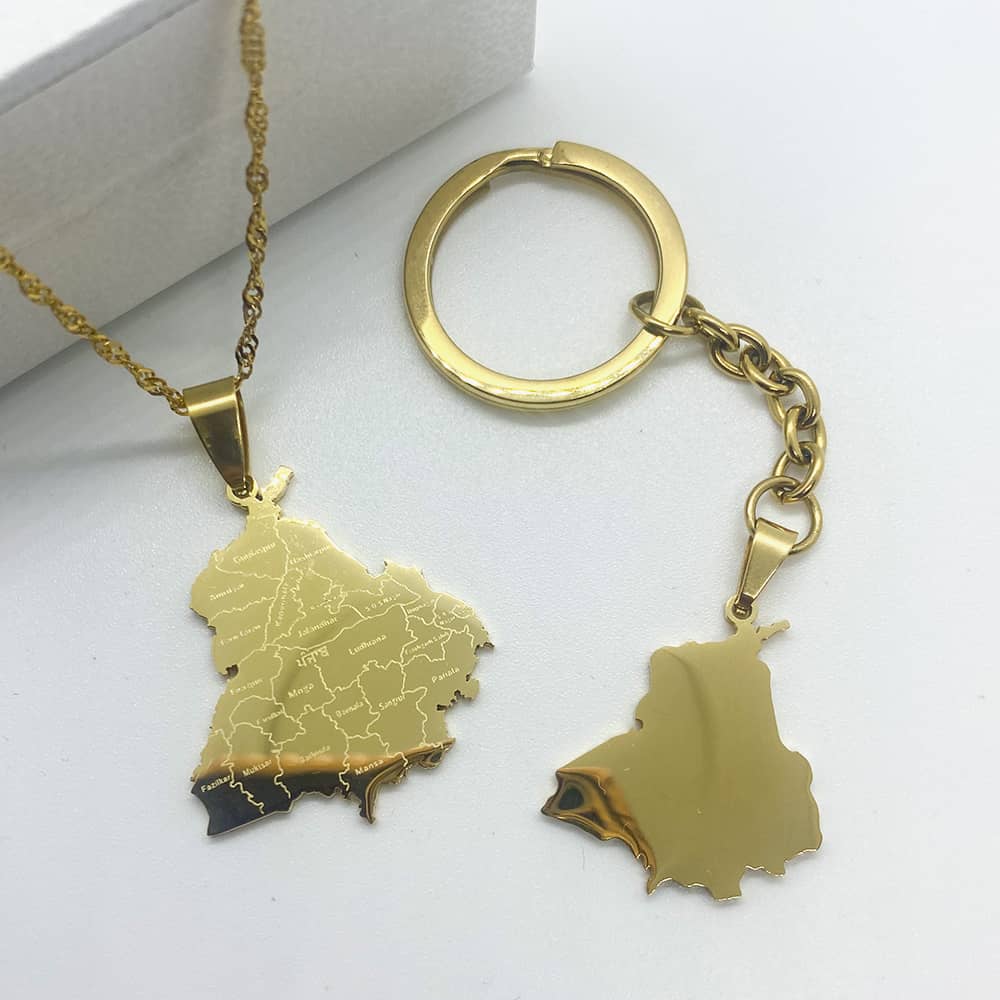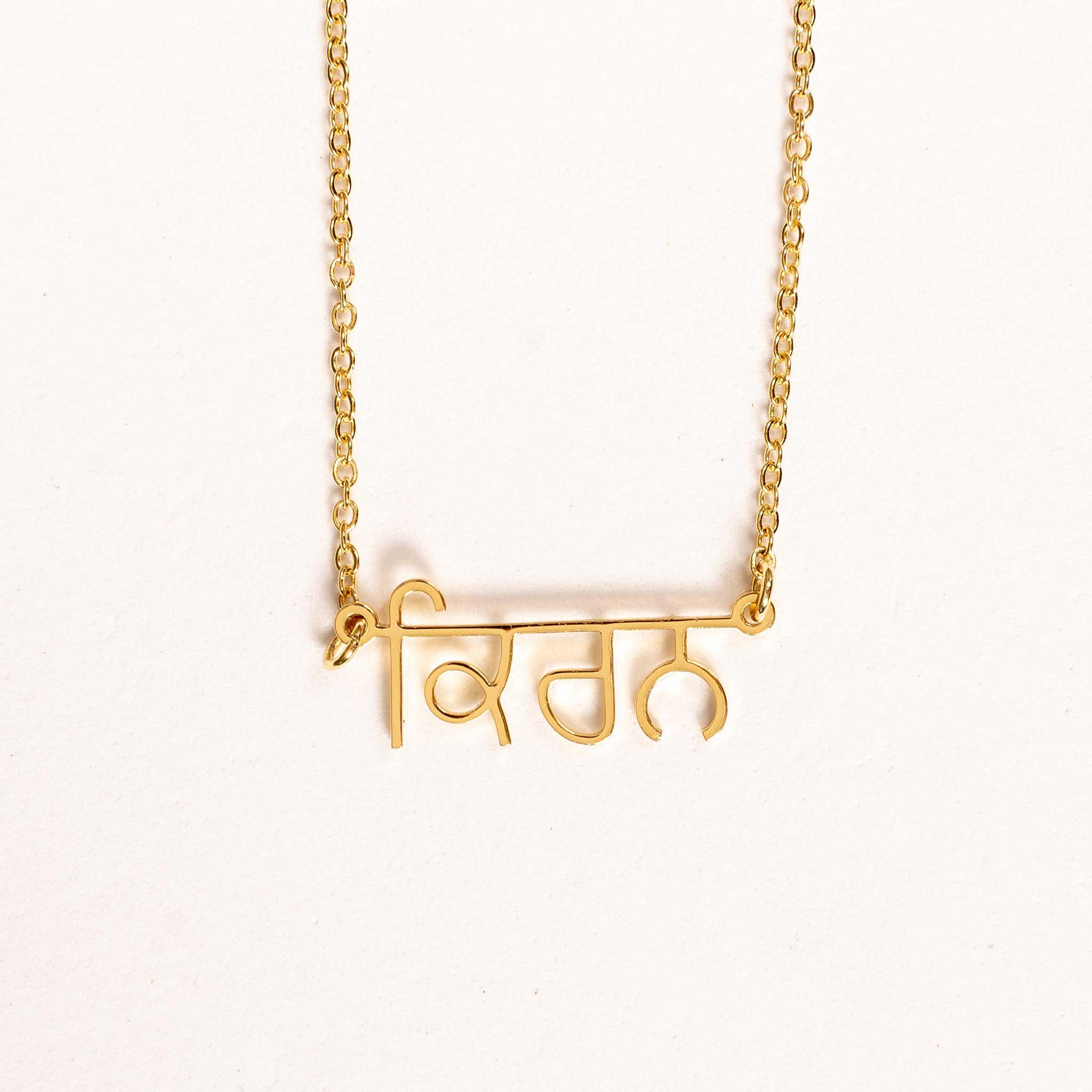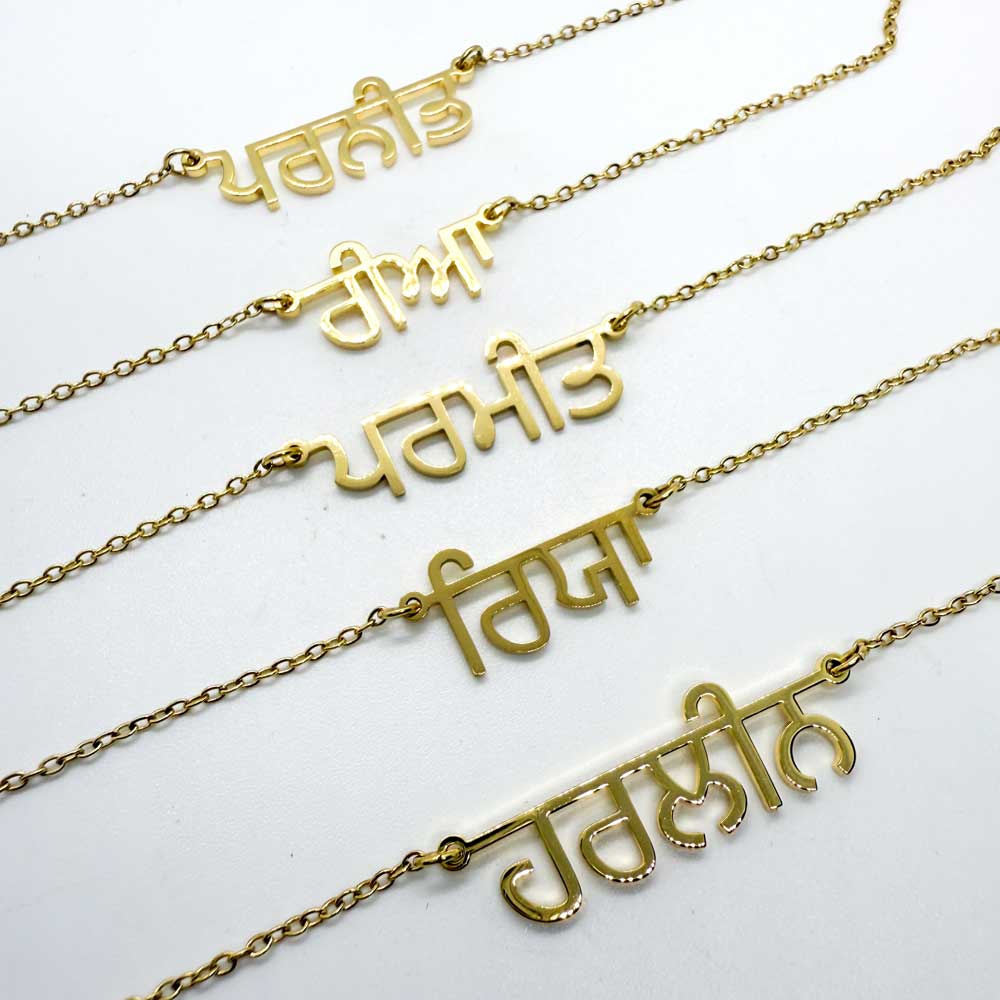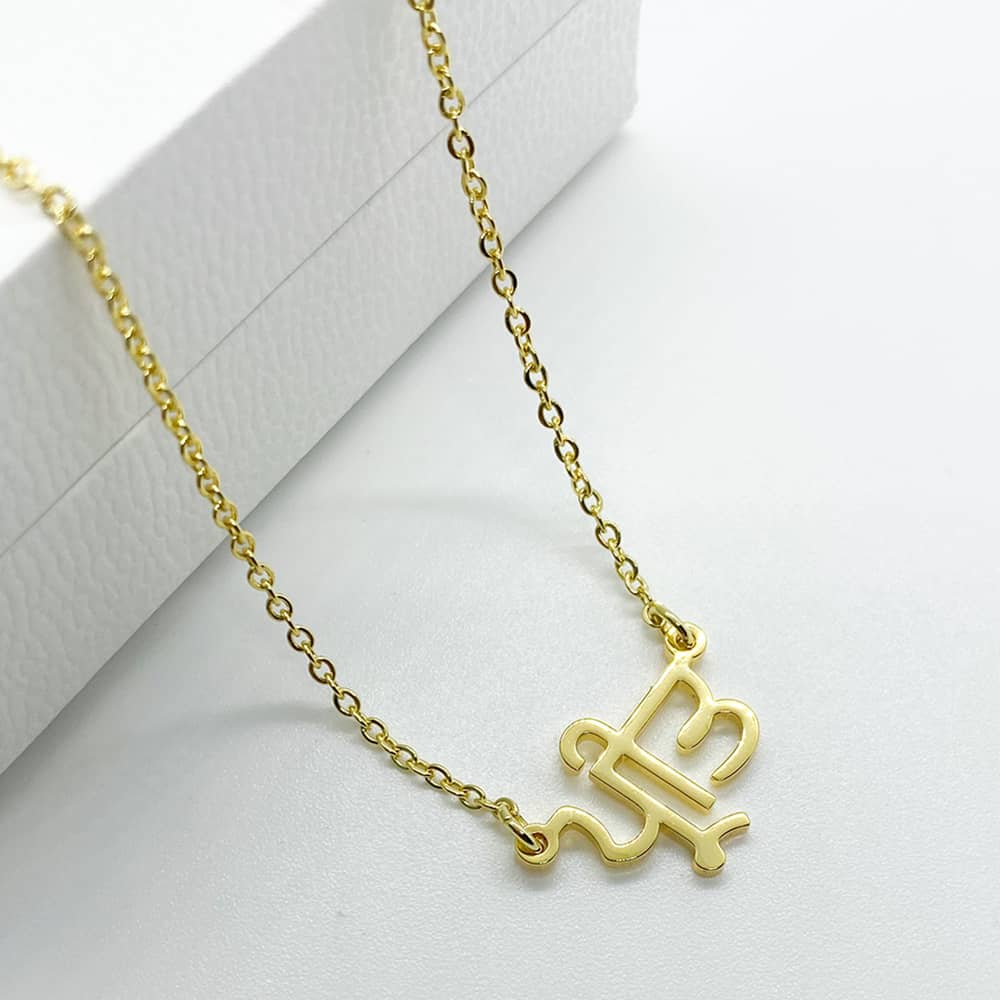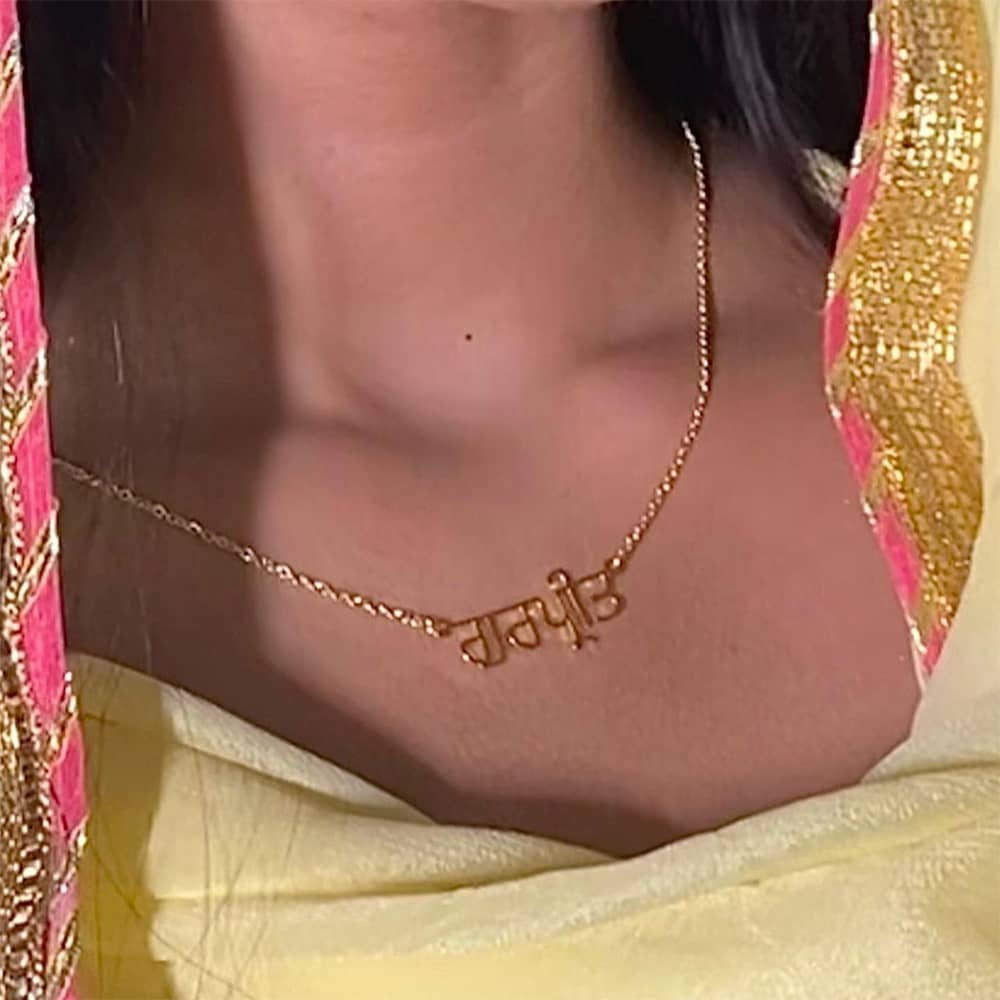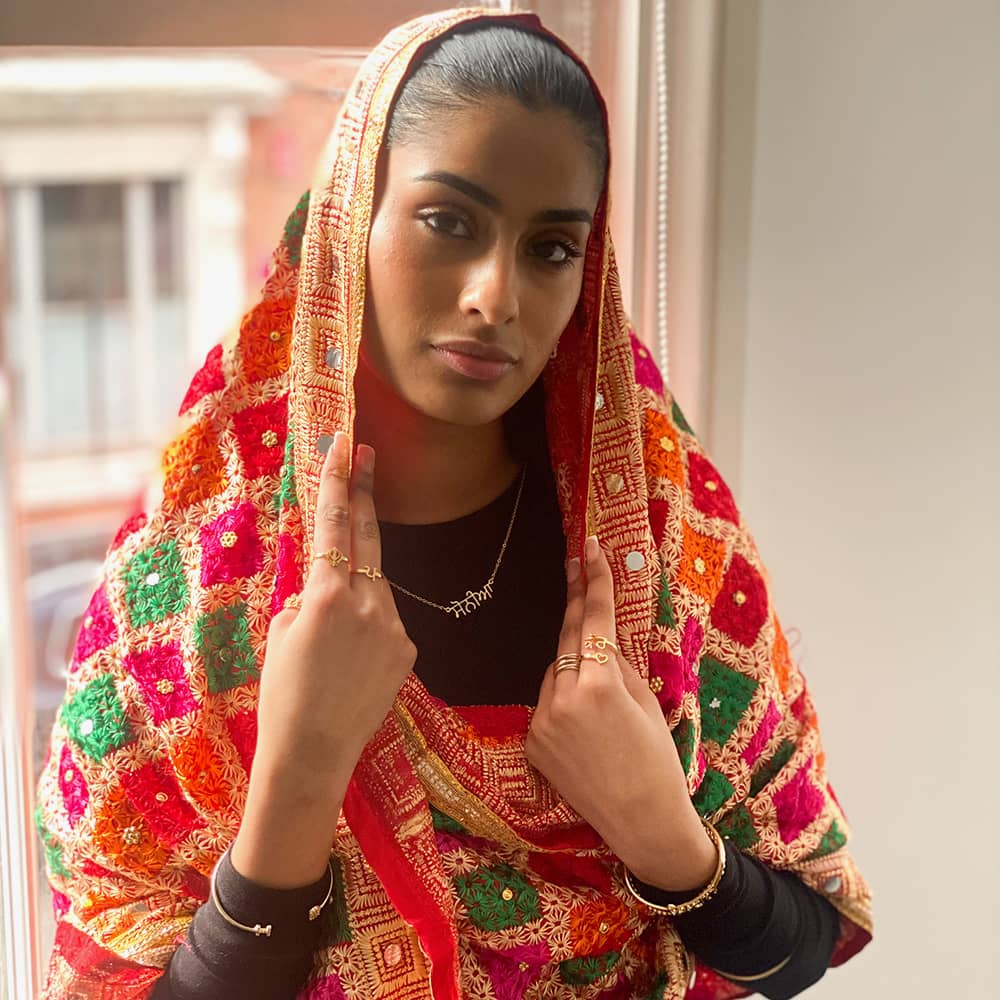What is Punjab India?
Learn about the rivers and cities in Punjab India
Zakia Ashraf
The Land of the Five Rivers
Punjab, often referred to as the "Land of Five Rivers," derives its name from the convergence of the five major rivers that flow through the region: the Beas, Chenab, Jhelum, Ravi, and Sutlej. These rivers have played a pivotal role in shaping Punjab's geography, agriculture, and culture over centuries. The waters of these rivers not only sustain the fertile plains, making Punjab one of India's most prosperous agricultural regions, but they also hold deep spiritual significance for the people of Punjab.
Each river carries its own historical tales, cultural importance, and ecological significance, weaving together the vibrant tapestry of life in this dynamic Indian state. From ancient legends to modern-day irrigation systems, the rivers of Punjab continue to be a lifeline, symbolising resilience, abundance, and the enduring spirit of the land and its people.




Embark on a journey through the heart of Punjab, where our Punjab map pendant necklace finds its inspiration. This unique piece celebrates the rich cultural heritage, spirited traditions, and the warm-hearted people of this dynamic state in India. Explore the Bhangra beats, the colourful Phulkari embroidery, and the joyous celebrations that define the essence of Punjab.
The Three Gems of Punjab

Amritsar - The Spiritual Epicentre
Amritsar, a city in the northwestern Indian state of Punjab, is a place of profound religious significance, known for its rich history, spiritual landmarks, and cultural vibrancy.
The Golden Temple, or Harmandir Sahib, is the holiest site in Sikhism and the primary attraction in Amritsar. Jallianwala Bagh, a historic public garden, holds a somber place in Indian history as the site of the Jallianwala Bagh massacre during British rule. The memorial within the park commemorates the lives lost during this tragic incident. The Gobindgarh Fort, a historic fort in the heart of the city, showcases the military heritage of the region.
Punjabi and Hindi are commonly spoken in Amritsar, and the city reflects the warm and hospitable nature of its people. The Wagah Border, located near Amritsar, is famous for the daily ceremonial closing of the border between India and Pakistan, attracting crowds with patriotic fervour.
The city celebrates various Sikh festivals with grandeur, including Vaisakhi, the birth anniversary of the Khalsa, marked by processions and lively performances. Diwali, Holi, and other Indian festivals are also joyously observed in Amritsar.
Ludhiana - The Industrial Hub
Ludhiana, often referred to as the "Manchester of India," is a bustling industrial city in the state of Punjab. Known for its thriving textile and manufacturing industries, Ludhiana combines commercial vitality with cultural charm.
The city's industrial landscape includes numerous factories, particularly in the textile, hosiery, and bicycle manufacturing sectors. The Ludhiana Stock Exchange and the Punjab Agricultural University contribute to the city's economic significance. The Nehru Rose Garden, one of the largest rose gardens in Asia, offers a tranquil retreat with a vast collection of roses and fountains. The Phillaur Fort, located on the outskirts of Ludhiana, is a historic military fort showcasing architectural elements from the Sikh period.
Ludhiana celebrates various Punjabi festivals with enthusiasm, including Lohri, Diwali, and Vaisakhi. Ludhiana also offers a taste of Punjabi culture through its markets, festivals, and culinary delights. Whether exploring historical sites or experiencing the vibrancy of urban life, Ludhiana provides a unique blend of commerce and culture in the heart of Punjab.


Patiala - The Royal Abode
Patiala, a city in the northern Indian state of Punjab, is a vibrant blend of cultural regal heritage, royal splendor, and traditional warmth. Known for its regal history and architectural marvels, Patiala exudes a unique charm that captivates visitors.
The Qila Mubarak Complex, a royal fortress dating back to the 18th century, stands as a testament to Patiala's princely past. The complex includes the Sheesh Mahal, a palace adorned with intricate mirror work, and the Qila Androon, an inner fort featuring beautiful courtyards and ornate architecture.
Patiala is renowned for its traditional Punjabi attire, especially the Patiala Shahi Salwar, which originated in the region. Punjabi and Hindi are commonly spoken in Patiala. The Patiala Peg, a term referring to a large measure of alcohol, is a cultural phenomenon associated with the city.
At ArtByZakia our Punjab State map pendant necklace is more than a piece of jewellery, it is a tribute to the spirited culture and rich heritage of Punjab. As you wear it, let it serve as a reminder of the vibrant traditions and the indomitable spirit of your Punjabi people. Embrace the spirit of Punjab!

